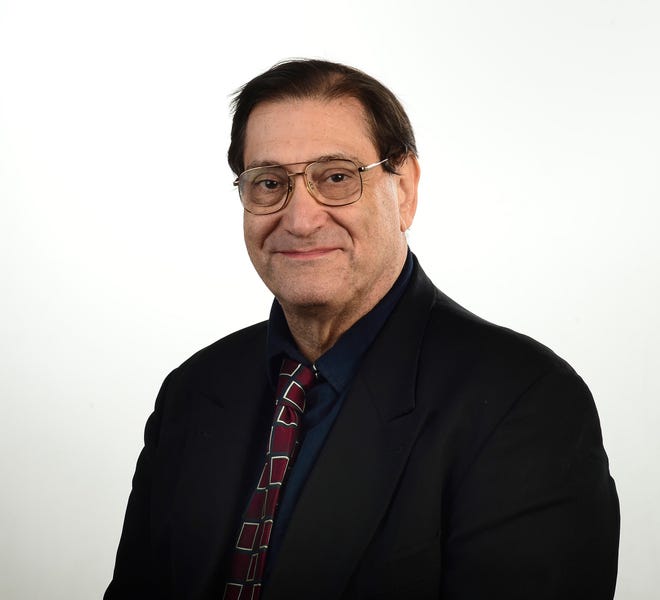From the Heart with Rabbi Liebowitz
Dear Friends,
With great anticipation on the minds of some but not all, a sequel to the film Avatar “The Way of Water!” has appeared. A phantasmagoric presentation that overwhelms the senses and strains credulity at the same time. American culture does love to co-op or appropriate lots of things, from religious concepts (an Avatar is a Hindu concept of representing one aspect of the divine through an image) to unhappy stereotypic images of Mexicans (think of the Frito Bandito!). Jews have not been able to escape from such mistreatment. Talking of sequels, Mel Brooks is at it again in his History of the World Part II, as if the first offering wasn’t sufficiently annoying. To wit in a class I have taught on humor (which goes too far) I reviewed his Inquisition scene which was replete with a Busby Berkeley, Esther Williams extravaganza (swimming nuns) to Hassidic Jews speaking with Yiddish accents (talk about your anachronisms and false depictions of Spanish Jews). One psychologist commented that “Time and tragedy can equal humor.” I guess so! But I could not have imagined a funny Holocaust film like Jo Jo Rabbit or Life is Beautiful as finding acceptance in the public sphere.
But back to Avatar and in this context trees. The worship of trees or at least as a way of apprehending the divine is nothing new. Long before Julie Andrews sang “the hills are alive with the sound of music,” (including trees as well I would imagine.) trees were the major source of focus for many
faiths. Long ago, we Jews did our share of co-opting that custom. Abraham at the “terebinths of Moreh! communed with God and the angels, Moses had great conversations with a bush from time to time and Ezekiel had no shortage of visions with oily producing trees. The Jewish people’s most enduring symbol is not the Magen David, the Shield or Star of David (not widely used till 1400 in S.E. Europe) but the Menorah, the seven branched candelabrum still on exhibit in Synagogues as it had been for centuries in the Jerusalem Temple of old. It does not take too much analysis to realize the connection between our usage and prior pagan observances. That we elevate it to sustain the idea of the one God does makes it somewhat forgivable.
Coming to the end of my four decade involvement with congregational life, I do review some of the things that I have relaxed about and others not so much. Never did memorial services for cremations once upon a time. Didn’t officiate at intermarriages nor did I offer prayers at interfaith services. Of late I think of Jordana, a lovely American Israeli teacher I knew three decades ago in California. Taken young, not yet 43, her Hungarian Israeli family preferred cremation over traditional burial. They loved the beaches and tossing Jordana’s cremains into the ocean worked for them in ways I could not fathom (no pun intended). Thinking that Jordana deserved if not better than a sandy and watery goodbye and that the kids in our religious school needed to say “farewell!” I organized on the Temple ground a tree planting to memorialize her. Much to my surprise dozens of members of the community showed up (word does get out!) along with her family including her mournful mother. It went from being a simple planting to a funeral immediately. Weeks later Jordana’s mom showed up to my study to talk and in her conversation with me she mentioned that she had been talking to her daughter. At first, I thought, “was she attending a séance?” Noticing my puzzlement, she said, “the tree, the tree, that’s where my daughter is, the tree!” Jordana’s mom had found a place to pray far from the ocean. Not in a forest, not along the shore! But along the side of the Temple’s building where a little tree was planting and growing each day.
There is something about having a place to focus and pray that is so essential to Jewish life. This is why I chose serving congregations for all these years. This is why I hope you too can so serve.
Rabbi Yossi J. Liebowitz D.D.

